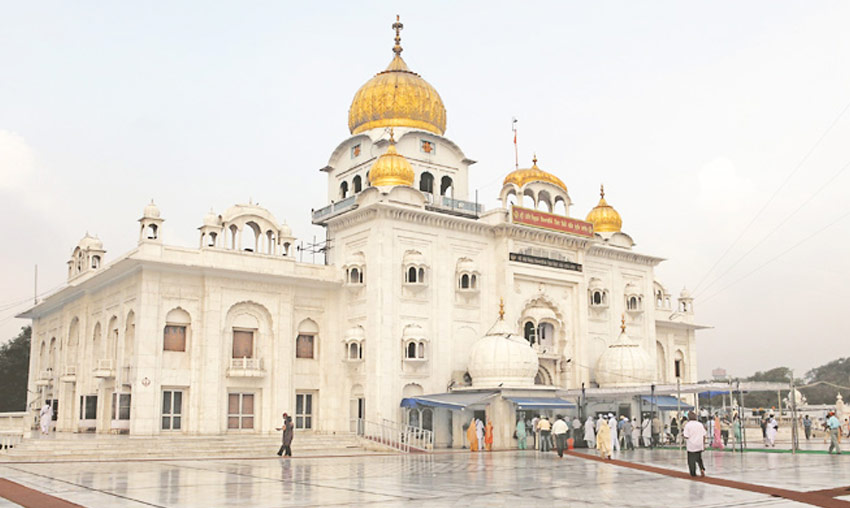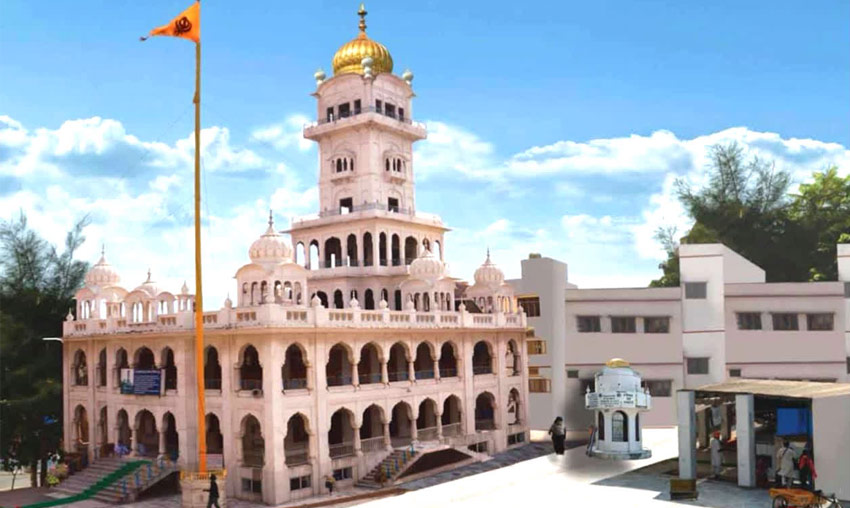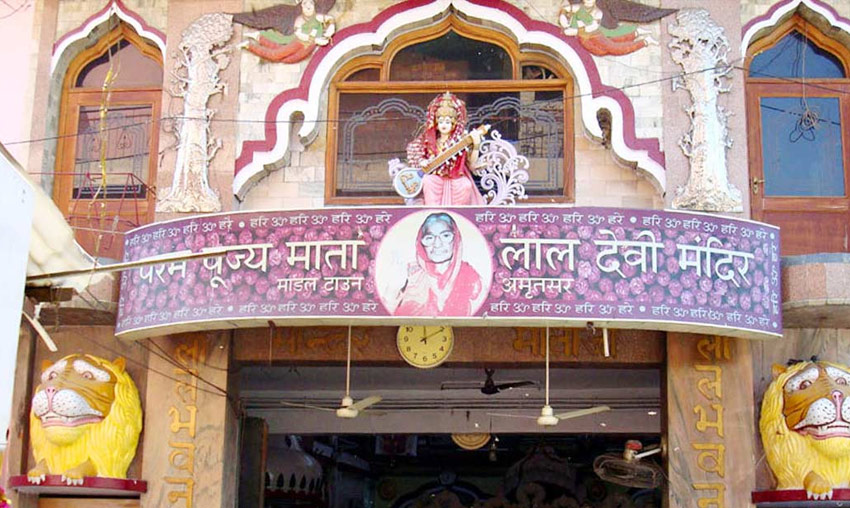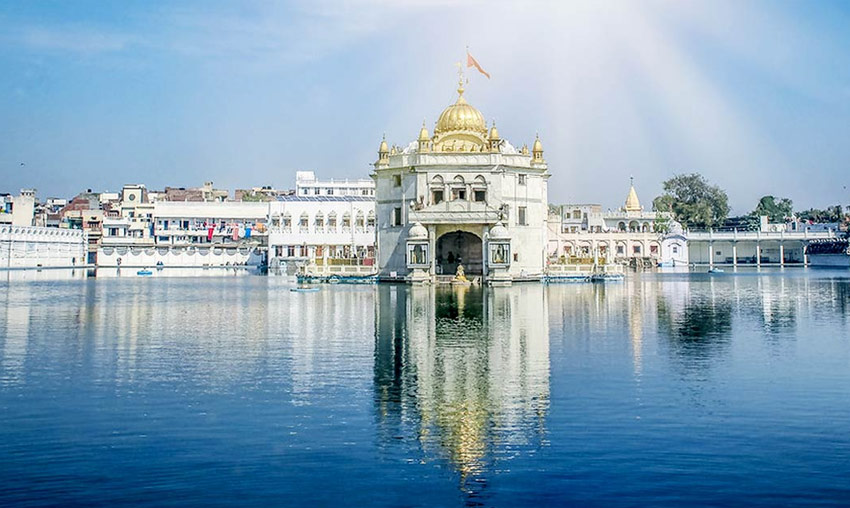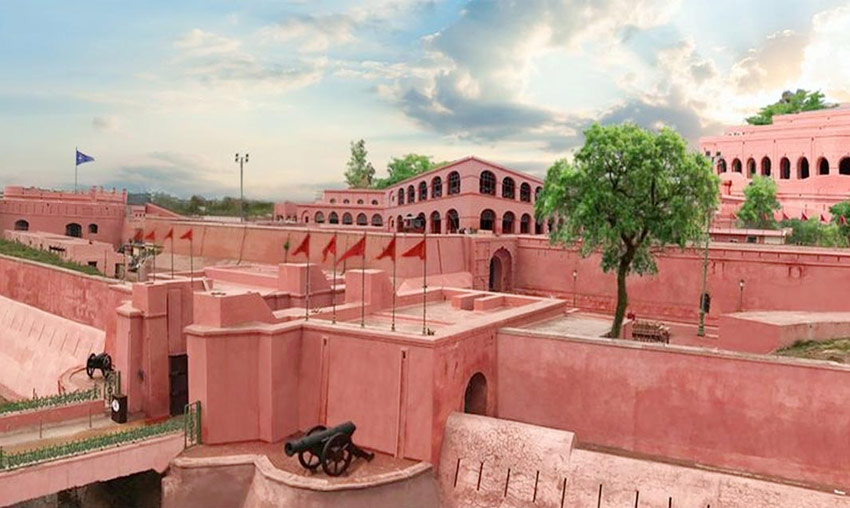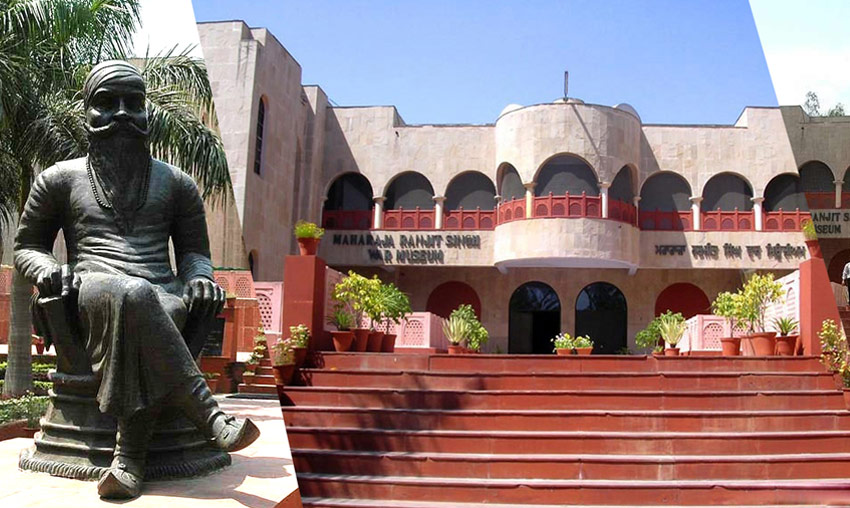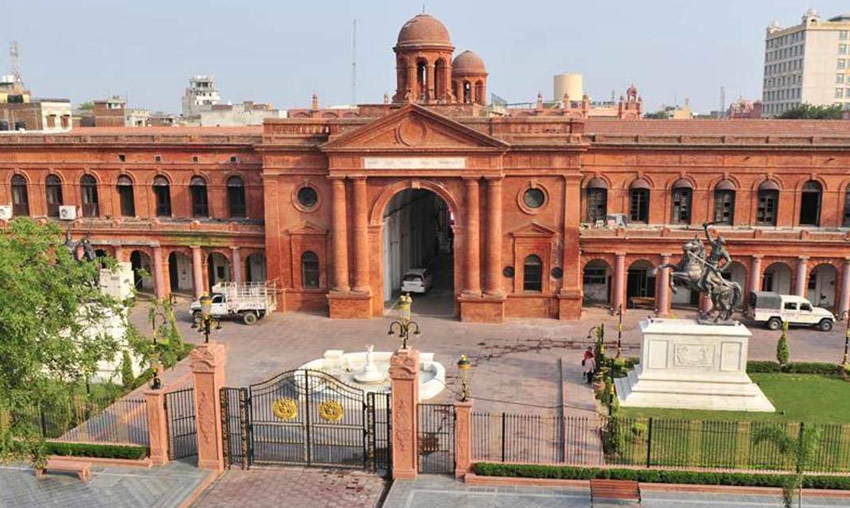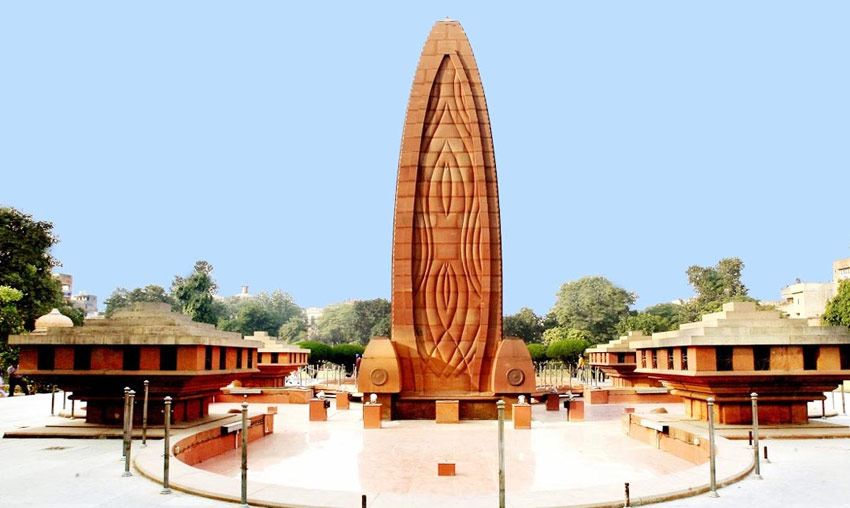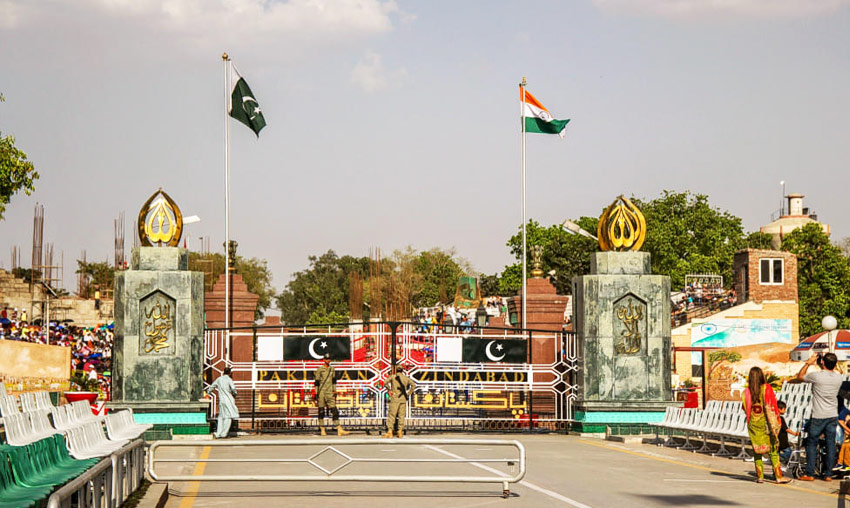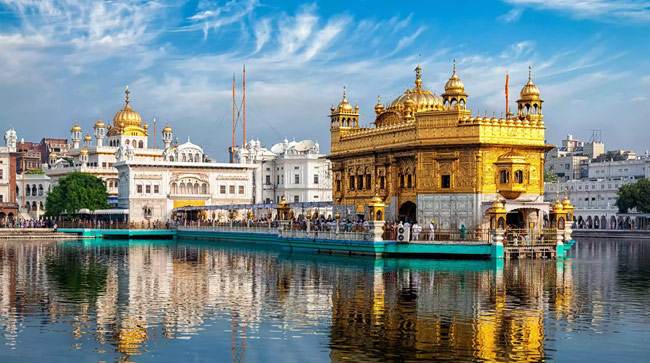Akal Takht Amritsar (History, Facts, Images & Location)
The Sikhs’ highest political and administrative organization, Akal Takht (Throne of the Timeless One), was established in 1606 by Guru Hargobind, the sixth Sikh Guru. One of the Five Takhts of the Sikhs, the Akal Takht is situated in the well-known Golden Temple complex in Amritsar. The Jathedar, the Sikh community’s top spokesperson, resides in these Takhts, which are also places of authority and power. The purpose of the Akal Takht is to serve as a representation of political justice and sovereignty, where the Sikh people’s earthly and spiritual issues can be discussed and investigated.
History of the Akal Takht
Baba Buddha Ji, Bhai Gurdas Ji, and Guru Hargobind Ji constructed the structure by hand. This Gurudwara was built without the use of any laborers or architects. Guru Hargobind is claimed to have played there as a young boy, which is where this construction is located. When excavation was being done at the Amrit-Sarovar to provide the groundwork for the Harmandir Sahib, the elevated mound of earth was created. The Guru Granth Sahib was stored in this high room every night in 1604, when it was being put in the Harmandir Sahib.
The cot intended for the Guru Granth Sahib, today called the Kotha Sahib, was where Guru Arjan Dev used to sleep. In order to hold court and hear the people’s problems, Guru Hargobind used the Akal Takht. The Akal Takht was embellished with gold under Maharaj Ranjit Singh’s rule. The Takht has been damaged during the Indian Army’s notorious Operation Bluestar. Later, the building was restored by the Indian government and given the new name Sarkari Takht. This was done to demonstrate to the populace that the building was not sacred but rather the product of government construction.
Architecture of Akal Takht
Located directly across from the Harmindar Sahib in the Golden Temple complex, the Akal Takht was constructed on a tall earthen mound spanning a large open area.In spite of the Royal Emporer Jehangir’s decree that no one other than an Emperor may sit on a raised platform higher than three feet, the elevated platform, which was initially nine feet high, was raised to its present twelve-foot height.
The building is now a five-story construction with gilded interiors, marble inlay, a gold-leafed dome, and exquisitely painted wall panels. There are remnants of the original construction work done by Guru Hargobind, which included lime plaster decorated with floral themes in the Mughal style. In the 1700s, Ranjit Singh built three levels to the building. The structure has been likened to Venice’s well-known Piazza Saint Marco, where the Doge’s Palace overlooks the Grand Canal. In the same way, Akal Takht is situated in front of the Darshani Deori in the open courtyard.
Traditions practised at the Akal Takht
The priest chanting the Ardas and Rehras Sahib (evening prayer) while holding a sword is one of the customs of the Akal Takht. The Golden Palanquin displays the unusual weaponry used by Sikh warriors and gurus, which are open to visitors every evening. Every night, the Guru Granth Sahib is still carried here, and every morning, it is taken to the Golden Temple. On their official website, visitors may watch the ritual of putting the book to bed, which happens every day at a specific hour.
Entry fee and timing to the Akal Takht Amritsar
Across from the Golden Temple, this magnificent structure and symbol of justice is open for free.
Every day of the week, this Takht is open. Both locals and visitors can visit between 5 AM and 10 PM.
